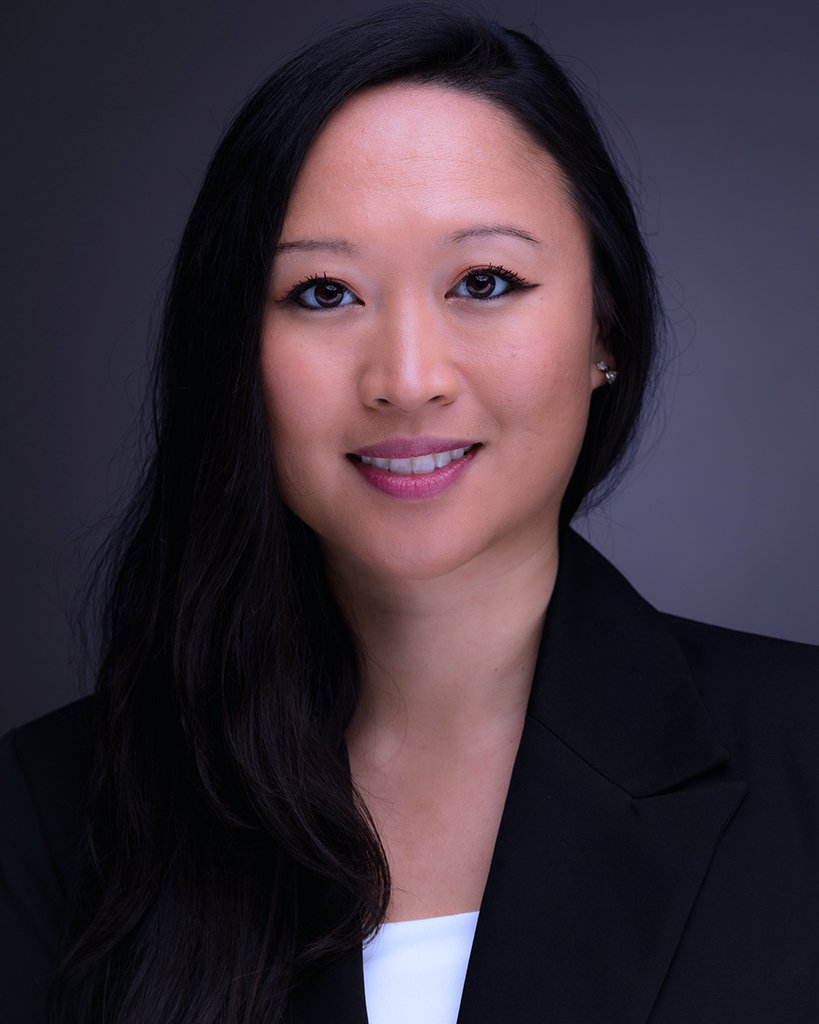
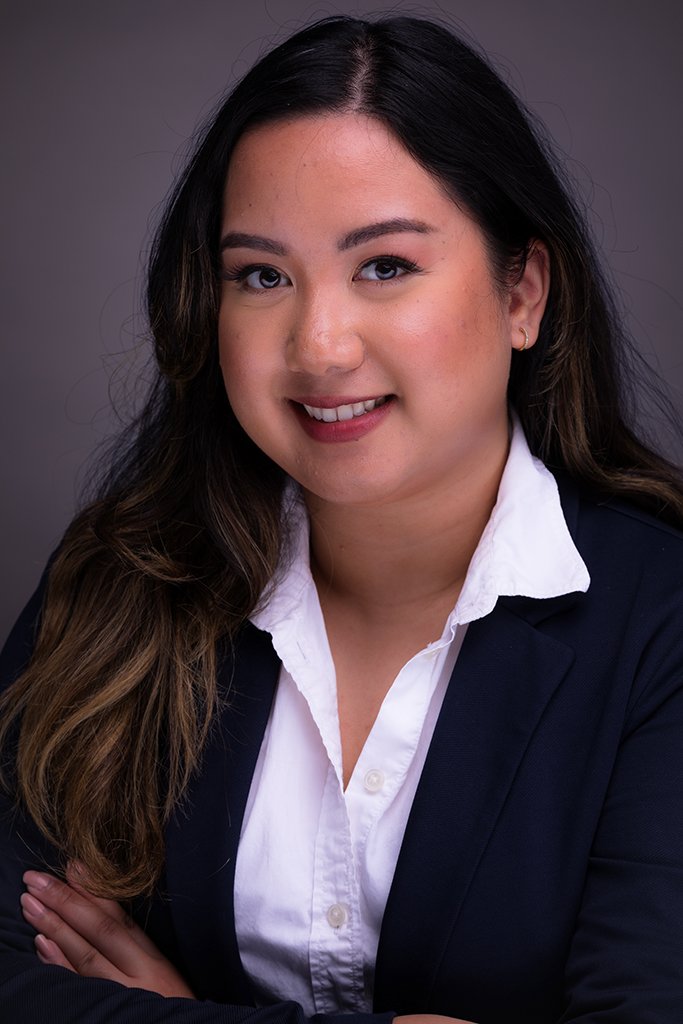
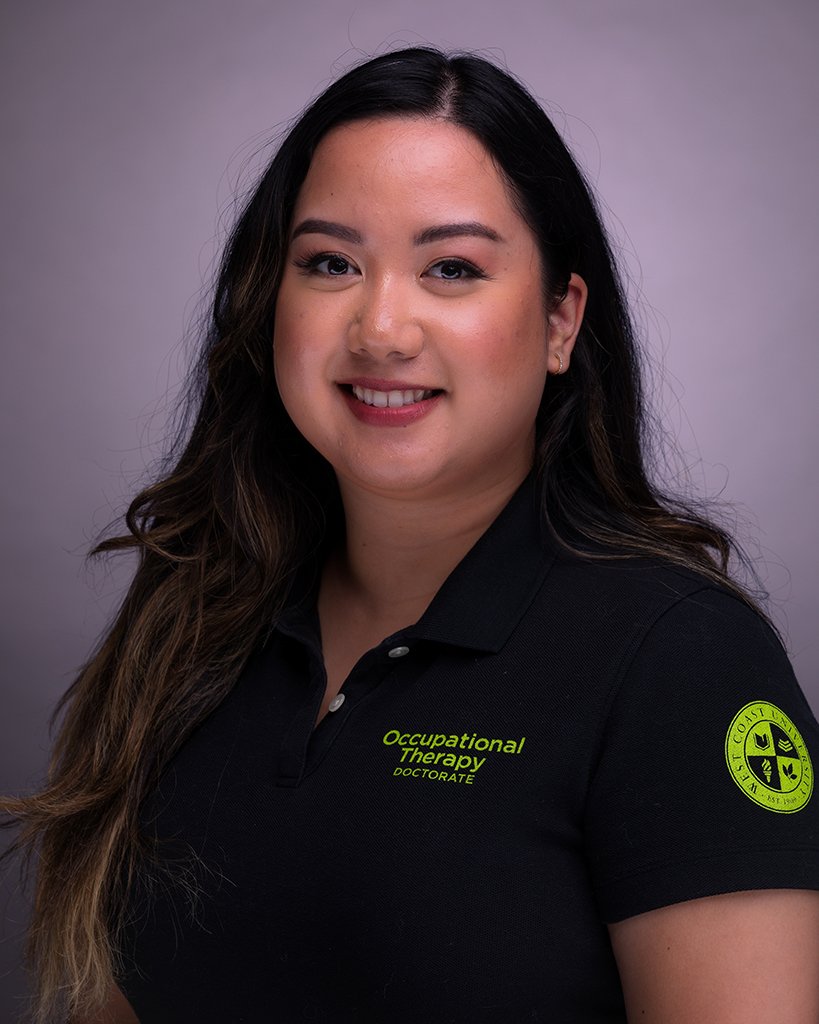
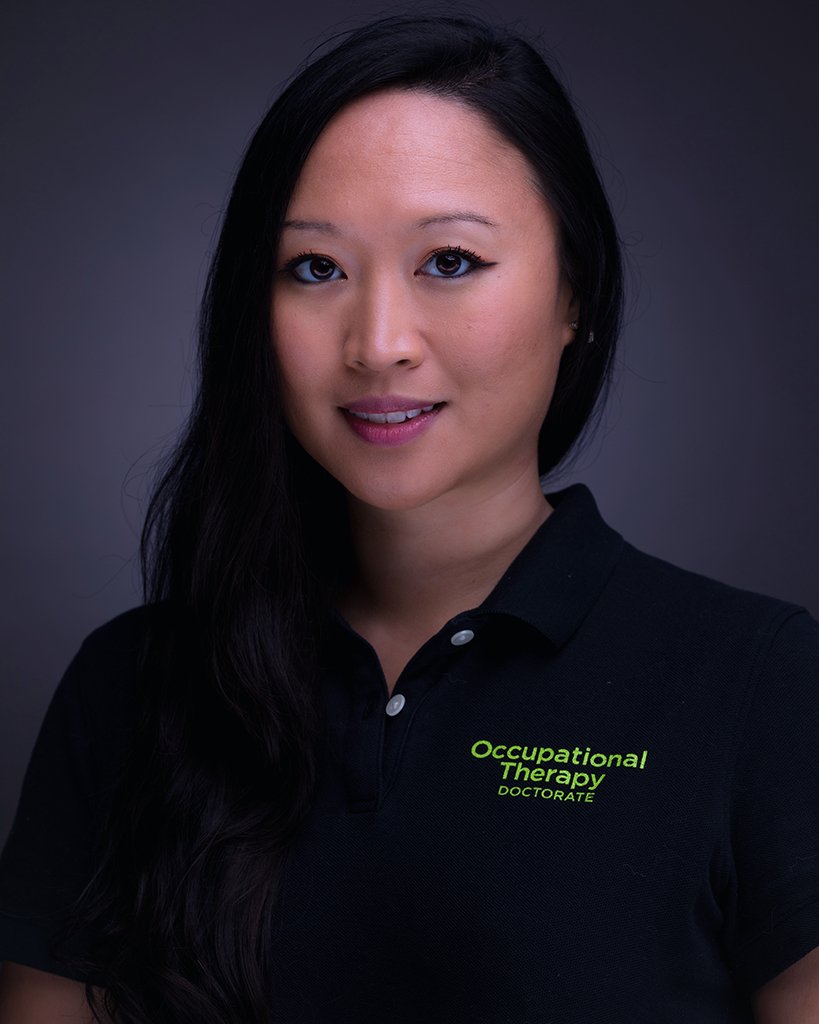
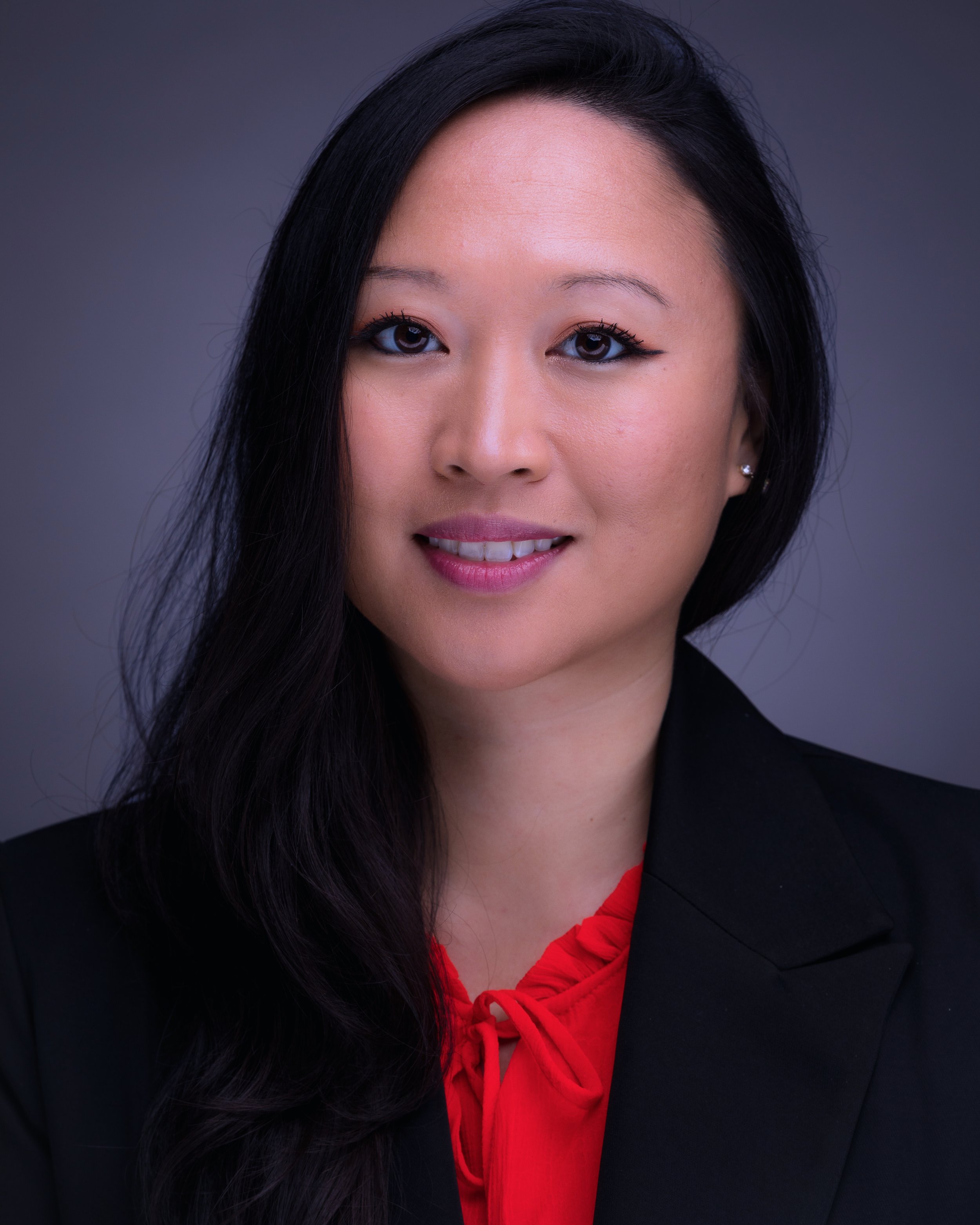
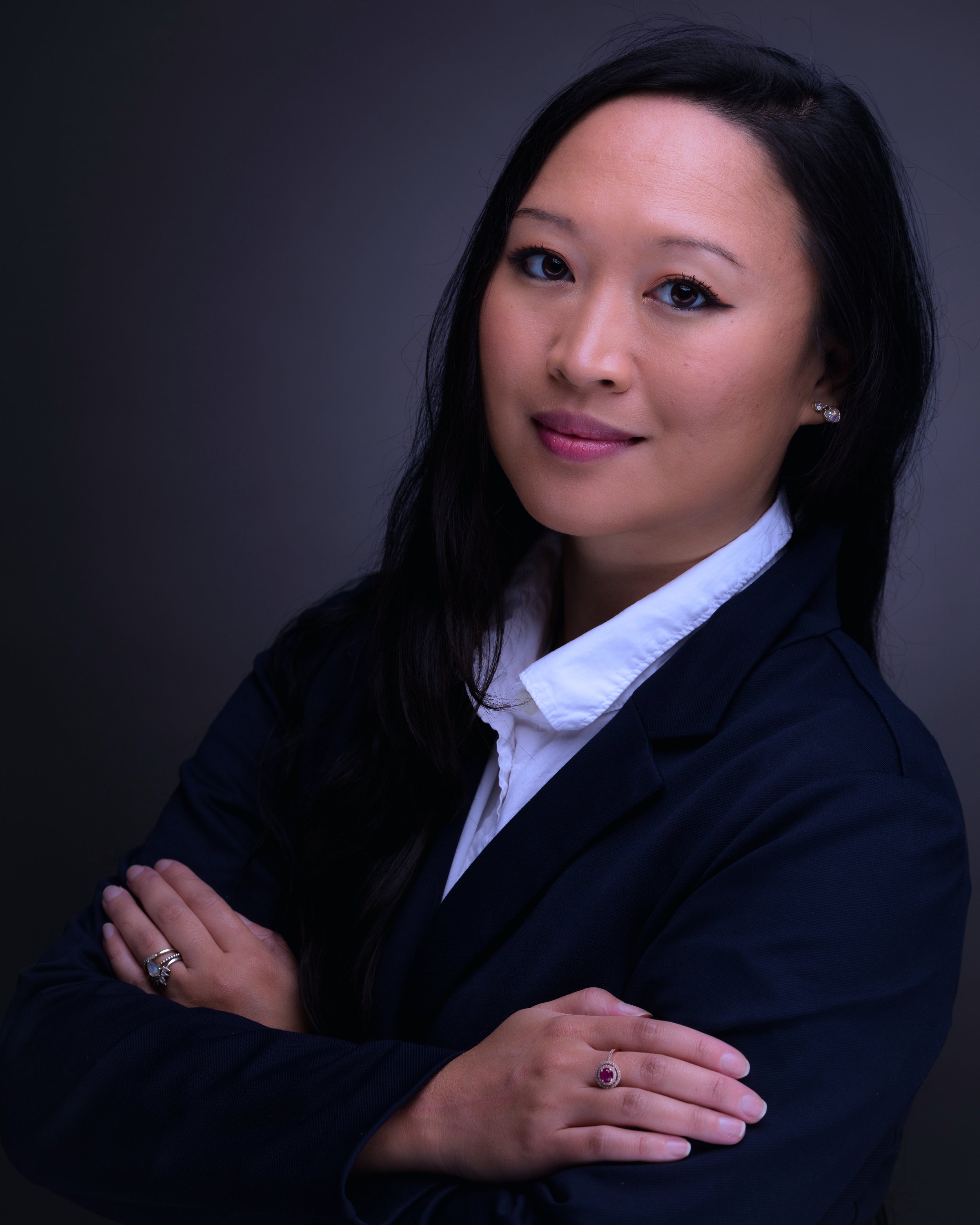
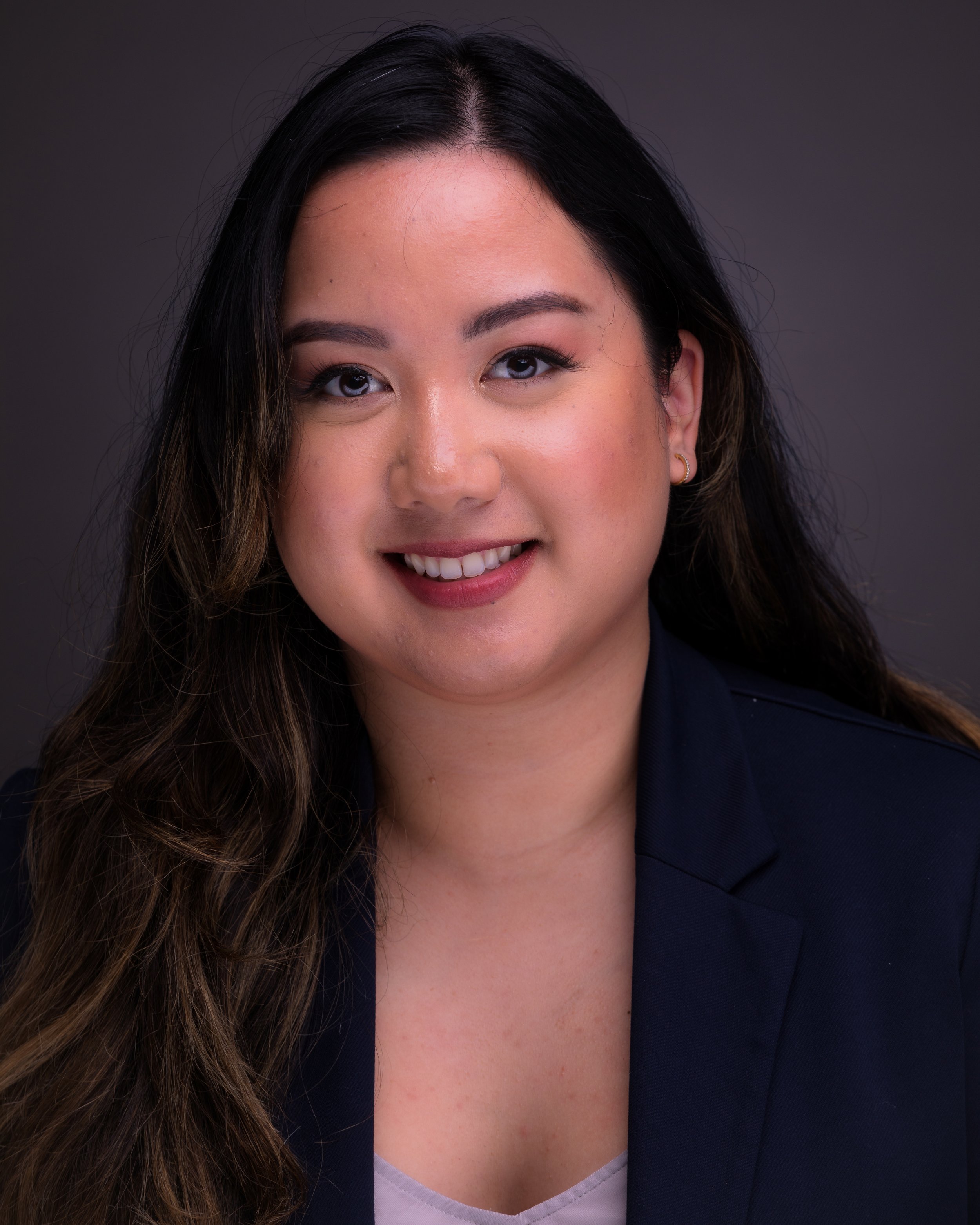
If you’re a college student, graduate student, or a medical or law student, chances are that you have quite a few things on your mind while meeting all of your academic and field work responsibilities. For most, it is probably safe to say that professional photography is not near the top of the list. Despite that prevailing feeling, headshots (taken by a professional photographer – NOT a friend with an iPhone) should be something you’re considering (and planning for) now well before you graduate. Even though you may not be in the market absolutely right now for work, you still need to be building your brand presence so that talent coordinators and hiring managers who do see you have as good of a first impression of you that you can possibly create before actually meeting them in person.
Here are some reasons why college students (at all levels) need professional headshots.
Social Media is an Absolute in the Job Search
The landscape for job searching has greatly shifted since 2019. COVID-19 and the resulting work from home imperative has (arguably) made your LinkedIn presence as important as your interviewee skills. By their own numbers, LinkedIn has 875 million members in more than 200 countries worldwide and nearly 200 million in the US alone. At any given time, there are more than 15 million job openings posted on LinkedIn and nearly 60 million companies listed. LinkedIn estimates that 30 to 40% of millennials aged 19-35 have decision making responsibilities (which can include hiring) and that six people are hired into a new role every minute on LinkedIn.
Students! These are your people!
If this is starting to sound like a paid endorsement for LinkedIn, forgive me. I’m simply using LinkedIn to emphasize how important a professional digital presence can be for everyone (including students) who are (or will soon be) in the job market. One of the many benefits of the seemingly limitless number of online communities is how different aspects of your personality can be made more prominent depending upon the destination. Now is the time to carve out a professional digital presence on LinkedIn – distinctly separate from all of your other “online personalities” that will work as your personal ambassador as you look beyond your studies and toward a career.
First Impressions are Lasting
Professional headshots are foundational to your professional digital presence. Sure … the latest iPhones, Samsungs, and Google phones contain fantastic cameras that far surpass anything (technically) that the masters of photography (Ansel Adams, Matthew Brady, Richard Avedon) ever used. And to be honest … selfies themselves aren’t inherently bad as much as they are recognizable. If you’re like most of us, you can spot a selfie immediately. Since your photo is the first thing someone sees when they view your LinkedIn profile, a selfie there communicates a lack of thought, intentionality, and purpose.
Professional photographers study light and composition and can coax better images out of you than I’d wager you thought were possible. Better images equates to better first impressions. Better first impressions include a heightened sense of your value, maturity, and your ability to integrate yourself as a member of a team. Experience tells me that the images you use in your LinkedIn profile will not likely have a neutral effect on the impression you leave with viewers and will instead help or hurt you. Which do you prefer?
Create a Personal Brand
These days, people are very brand aware. In fact, brands are no longer the sole domain of companies. Many people – especially those who intend to be in business for themselves - seek to create a personal brands. The reason is simple. Once you’ve graduated and are ready for work, it doesn’t matter if your work will be as a physician or as an accountant. If you plan to work for yourself, you will eventually see yourself as a business person with a medical (or accountancy) focus. The marketplace of ideas and deliverables will demand that from you. Your personal brand (buoyed by a professional headshot) establishes and separates you from your competitors and can be one discriminating factor in whether you are (or are not) hired.
Headshots that are intentionally captured with a branding perspective in mind can be used in a myriad of locations (personal/professional website, email marketing, social media profiles, video conferencing/zoom calls, speaking engagement marketing, etc) to create a consistent presentation to the world of who you are, what you’re about, and why you’re to be trusted. Intentionality, purpose, and consistency are key. You’re not likely to achieve this with a selfie that contains an artificial blur in the background.
Improve Your Confidence
Soon-to-be-graduates entering their professional field full time sometimes struggle with imposter syndrome. This is well documented in the social sciences 1 and can be especially prevalent among first-generation college graduates. This article doesn’t pretend to claim that a headshot from a professional photographer will negate those feelings, but it can help you step (however briefly) into the role of a professional and can be a small step toward believing that you ultimately belong (because YOU DO). Ultimately, the old adage that reminds us to “dress for the job we want – not the one we have” is perfectly suited for your headshot needs. Representing yourself as you wish to be seen in that next dream job will help you (in some small way) believe that you’re ready for it.
Headshots are Quick and Surprisingly Affordable
Compared to what wedding, architectural, or family photography sessions can cost, headshot photography is quite affordable and doesn’t require a huge investment in time or energy.
Comparatively speaking, headshot portraiture is among the simplest portrait work there is. In addition, headshot portraiture can be done almost anywhere. In fact, many photographers will often test themselves to create beautiful portraits in the ugliest locations (a skill that can be achieved once you understand the balance between flash, shutter speed, light sensitivity and placement, composition, and aperture settings).
Additionally (and as briefly mentioned above), you can get quite a bit of flexibility from the photos generated in one headshot session. Many times, headshot photographers will advertise “three looks” per session. That essentially means the client will be encouraged to change into three different clothing ensembles that have (ideally) been closely considered beforehand to allow for maximum flexibility once the photos have been delivered. Absolutely use the photo that features the business suit in your LinkedIn, Chamber of Commerce, or trade association profile. Then … use the headshot of you wearing a company logo-branded polo shirt in your internal Microsoft Teams or Slack profile. Each time you find a novel use for your headshot, the value of that headshot improves and it’s cost amortizes over time.
Final Thoughts
The visual nature of an increasingly virtual society means that professional headshots are no longer just for board members and C suite bubbas. Still not convinced? Take your cue from plumbers and carpenters (people who have to go into strangers’ homes) who know how important a headshot is to customers when they’re comparing that face with the face that is knocking on their door. Headshots put a face to your name and qualifications and are an important first step in relationship management.
Set yourself APART from your contemporaries and hire a professional photographer to help you craft your personal brand now. Doing so will help keep a local small business afloat (mine is veteran-owned!) and will help ease your transition from student to professional.
Are you ready to take talk about your next headshot session? If so, call me at 310.993.3904 and let’s get together!
1 Holden, C. L., Wright, L. E., Herring, A. M., & Sims, P. L. (2021). Imposter Syndrome Among First- and Continuing-Generation College Students: The Roles of Perfectionism and Stress. Journal of College Student Retention: Research, Theory & Practice, 0(0). https://doi.org/10.1177/15210251211019379
